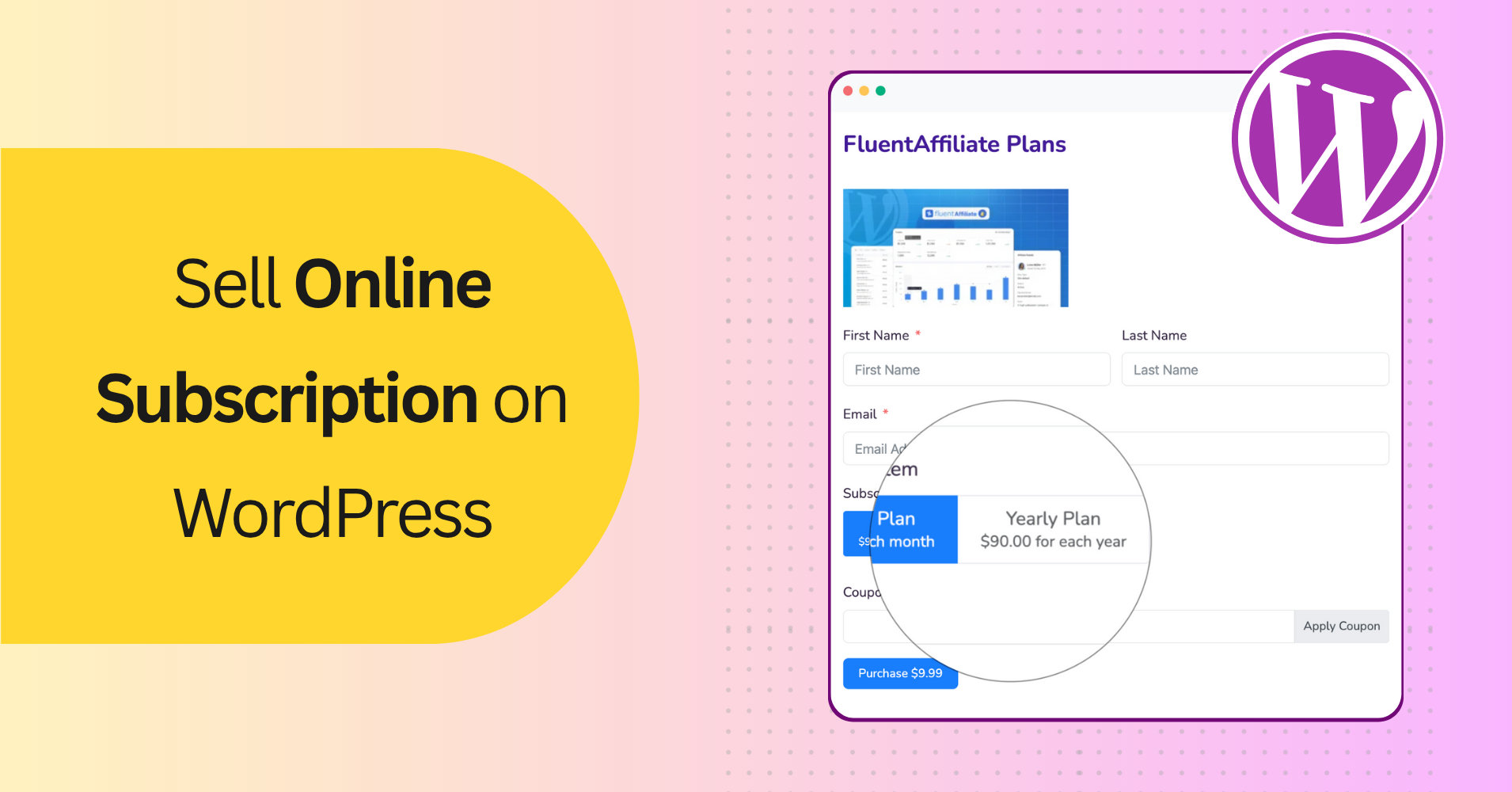
How to Sell Online Subscriptions with WordPress in a Smart & Simple Way
At over 65% per year, the e-commerce subscription market is growing fast. It’s projected to surpass $900 billion by 2026, signaling a massive shift in how people buy and how businesses earn.
Subscriptions aren’t what they used to be. Gone are the days when they just meant magazines and newspapers. Today, they power everything: from streaming giants like Netflix and Spotify to meal kits like HelloFresh, software like Adobe, and even car rentals. No matter the industry, subscriptions are changing the game.
Industry experts project the subscription economy will grow to $2.13 trillion by 2034, representing a robust 15.9% annual growth rate.
With this explosive growth, the question isn’t if you should start a subscription business anymore. The question is how.
And if you’re using WordPress, you’re already one step ahead!
How to Sell Online Subscriptions with WordPress
Following these steps, explained below, you can set up your online subscription business easily and smoothly.
1. Choose the Right WordPress Subscription Plugin
Before you build, you need the right foundation. WordPress itself doesn’t handle subscriptions natively, but with the right plugin, it becomes a powerful subscription engine.
There’s no one-size-fits-all plugin. Each has its own strength depending on what you’re offering.
Here’s a quick rundown of the popular plugins to help you find the perfect fit:
Fluent Forms
Fluent Forms is ideal for selling simple products and subscriptions. With multiple payment gateways like Stripe, PayPal, Mollie, RazorPay, etc., you can offer flexible billing cycles, free trials, automatic renewals, and more without breaking a sweat.
WooCommerce
WooCommerce is ideal for selling physical products, digital goods, or services on a recurring basis. With the Subscriptions extension, you can offer flexible billing cycles, free trials, and automatic renewals, fully integrated into the WooCommerce ecosystem.
Easy Digital Downloads (EDD)
Easy Digital Downloads is Perfect for selling purely digital products like eBooks, software licenses, or downloadable resources. EDD is lightweight, fast, and built specifically for creators and developers focused on digital-first sales.
MemberPress
MemberPress is best suited for membership sites with gated content. Whether you’re offering tiered access, private communities, or course libraries, MemberPress gives you powerful rules, automation, and integrations to scale your membership business.
Paid Membership Pro
Paid Membership Pro is a flexible, budget-friendly option for coaches, educators, or course creators who want straightforward subscription management, user access control, and recurring payments without heavy setup.
LearnDash
Learndash is built specifically for online courses and learning communities. LearnDash lets you sell one-time or subscription-based access to your course library, drip content over time, and reward progress, all with LMS tools under the hood.
All of these plugins are highly compatible with FluentCRM. So, you can choose any of these plugins and let automation handle it, with FluentCRM.

Automate Newsletters, Segment Your List, and Boost Engagement. Connect, Convert, Repeat: All in One Place!
*We have written a complete guide to email marketing using FluentCRM inside WordPress. Feel free to check it out!
2. Set Up Your Payment Gateway
Now that you’ve chosen your plugin, it’s time to get paid.
Here’s how these payment methods integrate to help you sell online subscriptions with WordPress:
- Fluent Forms: It easily integrates seamlessly with PayPal, Stripe, and some other payment gateways for easy payment collection directly through your forms.
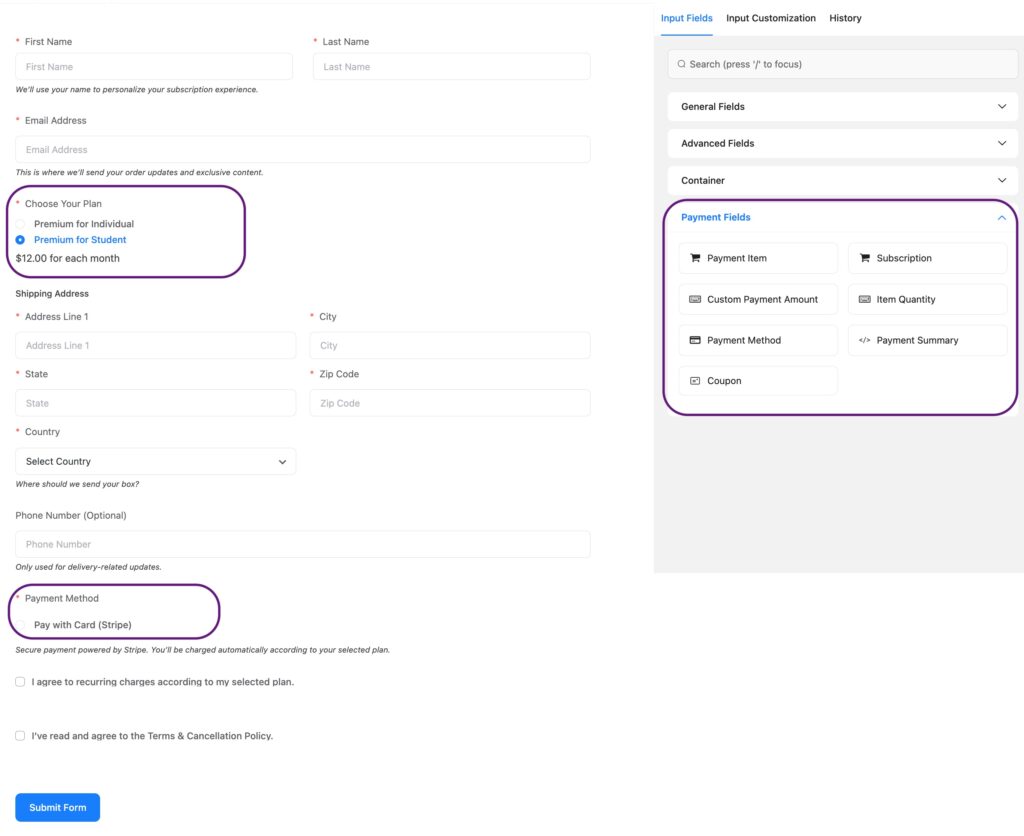
- Stripe: Stripe is highly popular for its smooth user experience and powerful features for managing subscriptions, making it an excellent choice for consistent revenue streams.
- Paymattic: Paymattic ensures smooth payment processing and accurate data transfer to FluentCRM.
If you specifically want a payment-based plugin, Paymattic should be your go-to plugin. But if you are looking for all-in-one forms that also include payment forms, Fluent Forms would be ideal for you.
3. Create and Price Your Subscription Plans
This is where you transform your subscription concept into an actual revenue engine.
But before you hit “publish,” you need to map out exactly what you’re offering and at what price.
You can start by structuring your plans with clear value tiers.
Define Your Pricing Structure
- Pricing Tiers: Think in levels: Basic, Pro, VIP. Each tier should offer increasing value to justify the price jump.
- Billing Cycle: Will you charge monthly, annually, or offer a lifetime deal? Consider offering discounts for long-term commitments.
- Free Trials or Intro Offers: Great for reducing friction and encouraging sign-ups. Just make sure users know what happens after the trial ends.
- Access Levels: Decide what content, features, or services each plan unlocks. Be specific; this is what helps customers choose.
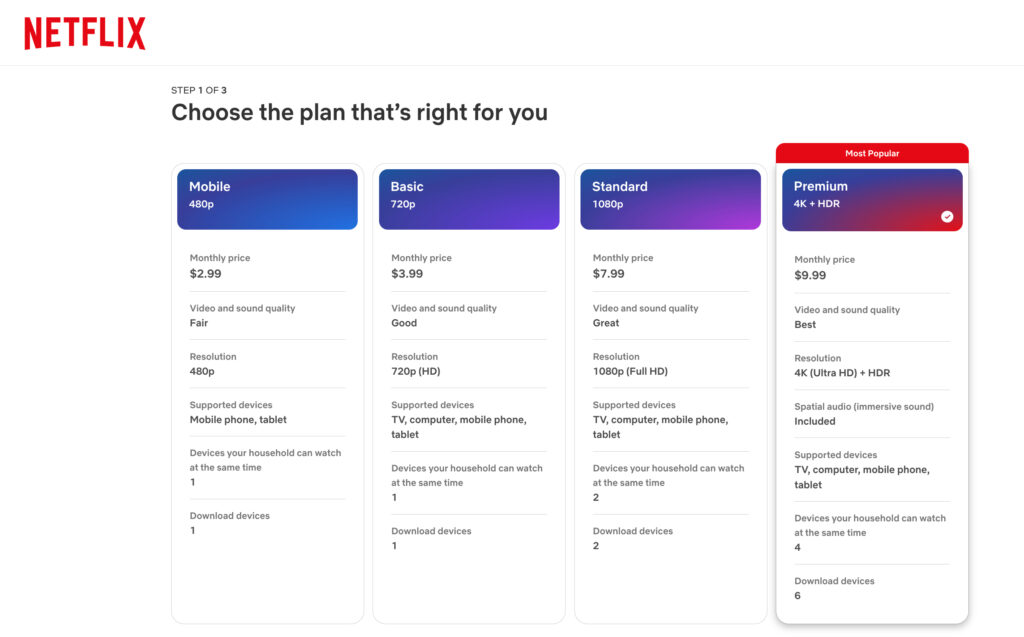
Best Practices for Maximizing Conversions
- Use Pricing Psychology: Tactics like charm pricing ($9.99 instead of $10) or anchoring a premium plan beside a mid-tier option can nudge decisions.
- Limit Choices: Too many options can cause analysis paralysis. Stick to three clear tiers.
- Highlight One Plan: Use visual cues or badges (e.g., “Most Popular”) to guide users toward your ideal tier.
- Anchor pricing: Place a higher-priced tier next to your target tier to make it feel like a better deal.
4. Protect and Personalize Access
Subscriptions work best when access is carefully managed and tailored to each user’s level.
For example, if someone enrolls in a course through LearnDash, you can automate the next steps, such as tagging the user, sending a welcome message, scheduling reminders for lessons, and following up if they become inactive.

This kind of automation helps keep subscribers engaged without manual effort.
You can also offer different membership tiers, automating user segmentation based on membership level or tags (like “VIP member”) allows you to deliver targeted updates, special offers, or bonus content.
This personalized approach helps maintain subscriber interest and adds value to each tier.
5. Manage Subscribers with Ease
You know the struggles: to keep the subscribers engaged, reduce churn, and maximize revenue without drowning in manual work. Managing subscribers shouldn’t feel like juggling fire.
What if you could automate personalized communication, prevent cancellations, and boost retention, all while scaling effortlessly?
The right tools turn these pain points into growth opportunities with:
- Automated onboarding that welcomes new subscribers instantly, guiding them to maximize their membership, so they stay longer.
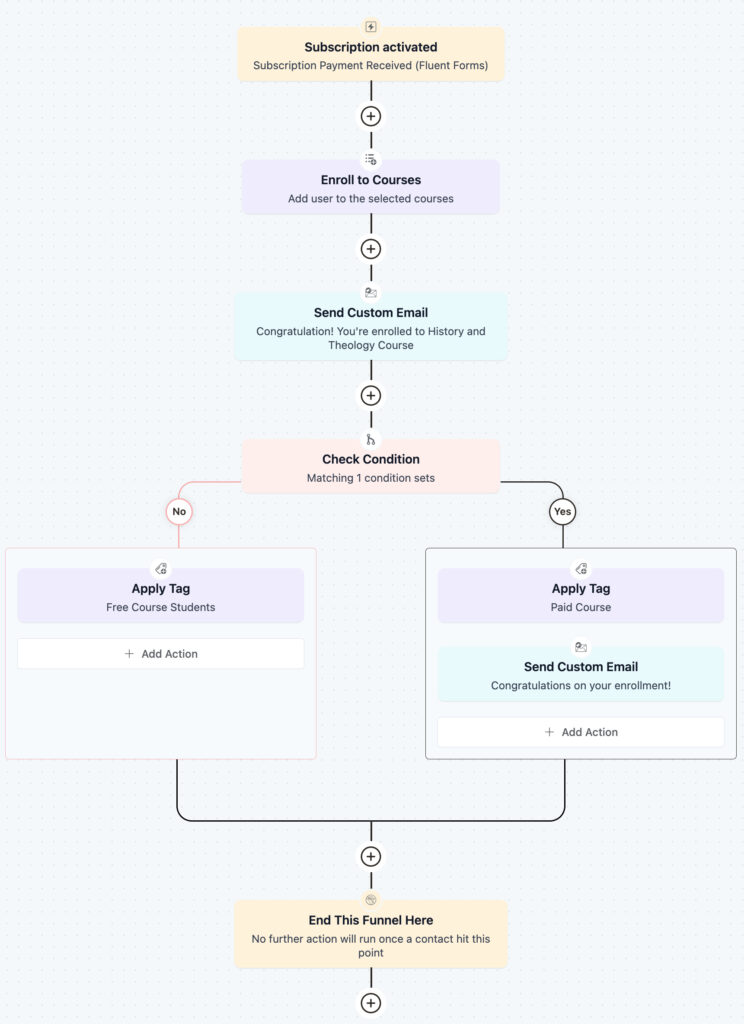
- Smart segmentation to deliver hyper-relevant content, upsells, and renewal reminders based on user behavior, and no more guessing games.
- Run automations to spot inactive subscribers before they cancel and re-engage them with targeted offers.
- Data-driven insights to track what works and what doesn’t, so you can refine campaigns for higher conversions.
You can sync membership data, trigger behavior-based campaigns, and turn one-time buyers into loyal, high-value customers, all on autopilot.
6. Build Trust and Promote Your Subscription
Unlike one-time purchases, subscriptions require trust. People don’t just stumble upon a membership and click “Subscribe.”
You’ve built a great subscription product, now it’s time to get it in front of the right people. And not just once. Subscription businesses thrive on trust, consistency, and connection, which is why smart promotion means more than just shouting into the void.
Build a Lead Funnel First
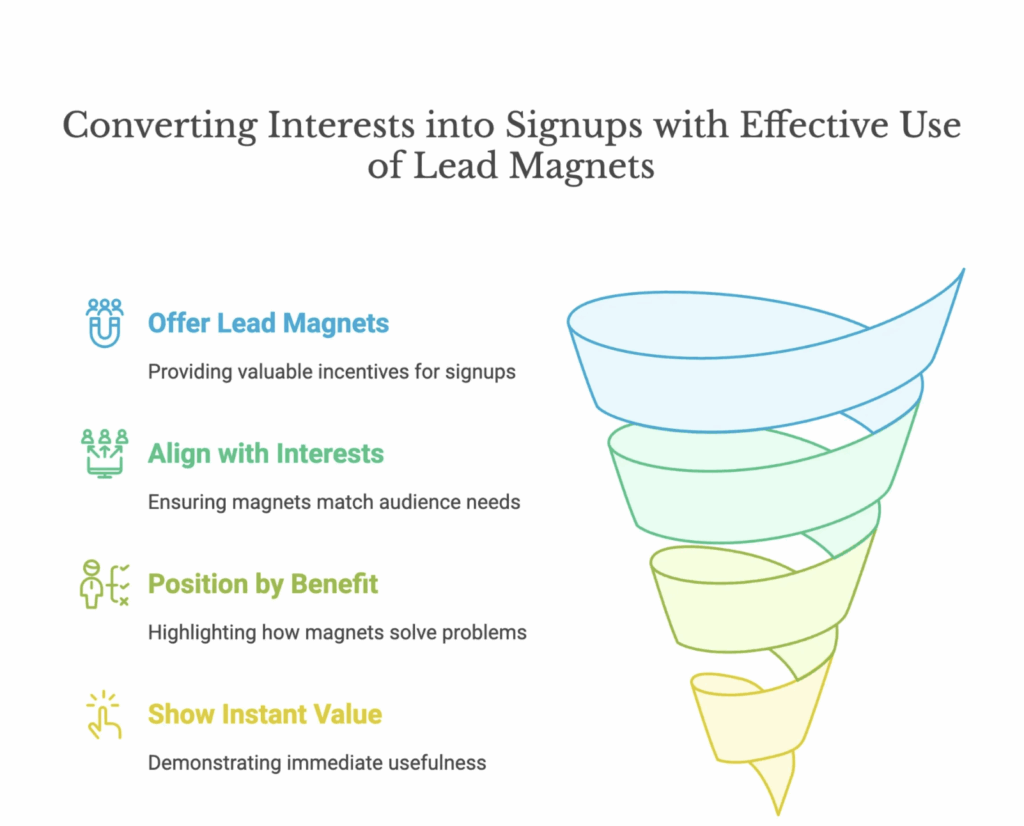
Not everyone’s ready to subscribe right away, and that’s normal. Create a lead funnel that attracts, nurtures, and converts over time:
- Offer something valuable upfront, like a free checklist, trial, or webinar, in exchange for an email.
- Use an email automation tool to send automated sequences that educate, build trust, and keep leads warm.
- Bring back inactive users with targeted campaigns and special offers.
Create Content That Sells (Without Being Pushy)
Your content should do more than just inform. It should solve real problems your audience is facing. Write blog posts and tutorials that directly address their pain points and offer immediate value.
As they read and find solutions, guide them toward your subscription with natural, clear CTAs like: “Want more? Unlock the full course inside our membership!”
This builds trust, showcases your expertise, and helps readers move from interest to action, without ever feeling pushed.
Show Social Proof, Not Just Promotion
Use social media and online communities to give people a sneak peek of what you are actually doing behind the scenes.
To build trust, you can share:
- Share real member wins
- Post sneak peeks of gated content
- Showcase behind-the-scenes moments
Let people see the transformation they’ll get by joining.
7. Troubleshooting & Growth Hacks
Even with everything set up, the real success of a subscription business lies in the small things you do consistently. These bonus tips will help you fine-tune your system, keep things running smoothly, and unlock more growth, without burning out.
Test Before You Stress
Your checkout is the final step before someone becomes a paying subscriber. Run regular test purchases to ensure your forms, payment gateways, and confirmation emails are functioning properly. A tiny glitch here can mean lost revenue.
Use Urgency the Smart Way
People love a good deal, but they need a reason to act now. Try offering limited-time discounts or bonuses to nudge hesitant visitors into becoming members.
Automate to Prevent Drop-Off
Set up email sequences that remind users when renewals are due, share what’s new in their plan, and give them reasons to stick around. FluentCRM can help you build these workflows easily.
Know Your Numbers
To run a successful subscription business, you definitely need great content. But data on how the audience is interacting with your content should be considered before making any decision.
With FluentCRM, you can easily monitor key email and subscription metrics right from your WordPress dashboard, without leaving your site or relying on any external tools.
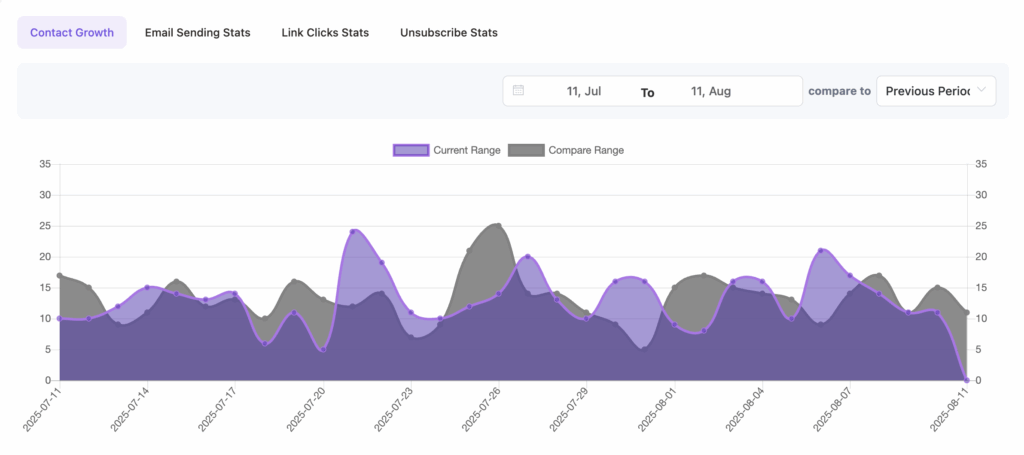
Keep an eye on key subscription metrics:
- Churn Rate: How many subscribers you’re losing
- LTV: How much a customer spends before leaving
- MRR: Your monthly recurring revenue
Quick Suggestions: There are many other email KPIs you should track, which are noted in this blog in detail.
These stats are your compass for what’s working and what needs tweaking.
8. Email Deliverability Matters
By default, WordPress uses the PHP mail function to send emails like welcome messages, receipts, and renewal reminders. The problem is, it doesn’t include proper authentication, so many of these emails end up in spam or fail to deliver altogether.
This is a major issue for subscription-based businesses that rely on timely, reliable email communication.
FluentSMTP solves this by connecting WordPress to trusted email services like Gmail, Amazon SES, or SendGrid. It ensures your emails are delivered securely and reliably, with detailed logs for every message, so you know exactly what’s working.
Build, Automate, and Grow Your Subscription Business
Running a subscription-based site on WordPress is totally achievable, with the right setup.
Whether you’re offering courses, content, or digital products, plugins like WooCommerce, MemberPress, LearnDash, FluentCRM, and FluentSMTP help you handle the essentials: payments, access control, automation, and reliable email delivery.
Instead of juggling manual tasks, you can focus on what really matters: creating value for your community and building something sustainable.
Take what of this blog works for you, and if you need any help, feel free to ask in the comments section!
Frequently Asked Questions
Samira Farzana
I’m a marketer and blog writer who loves data science. With a strong focus on analytics and strategy, I create content that helps brands understand their audience, improve performance, and grow with confidence.
Table of Content
Subscribe To Get
WordPress Guides, Tips, and Tutorials





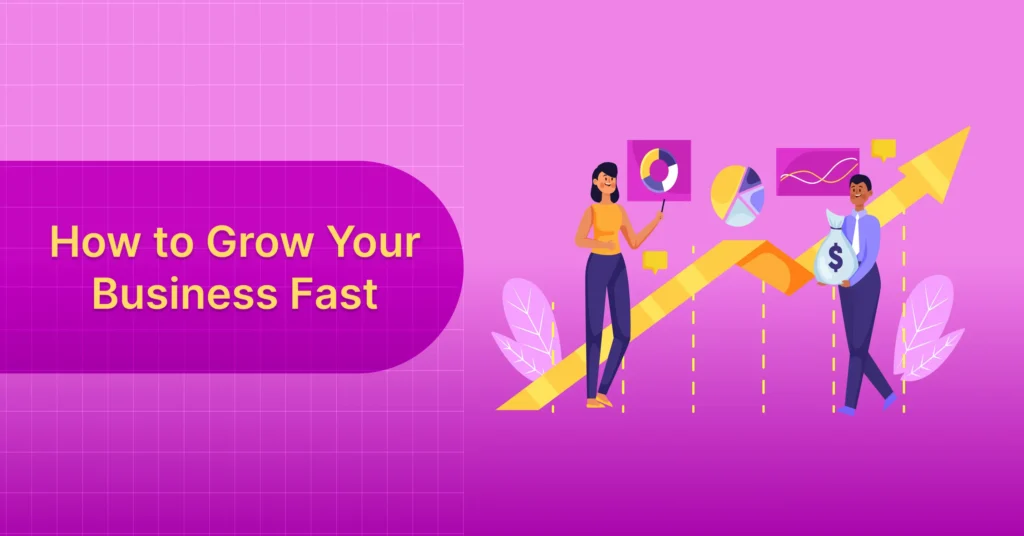
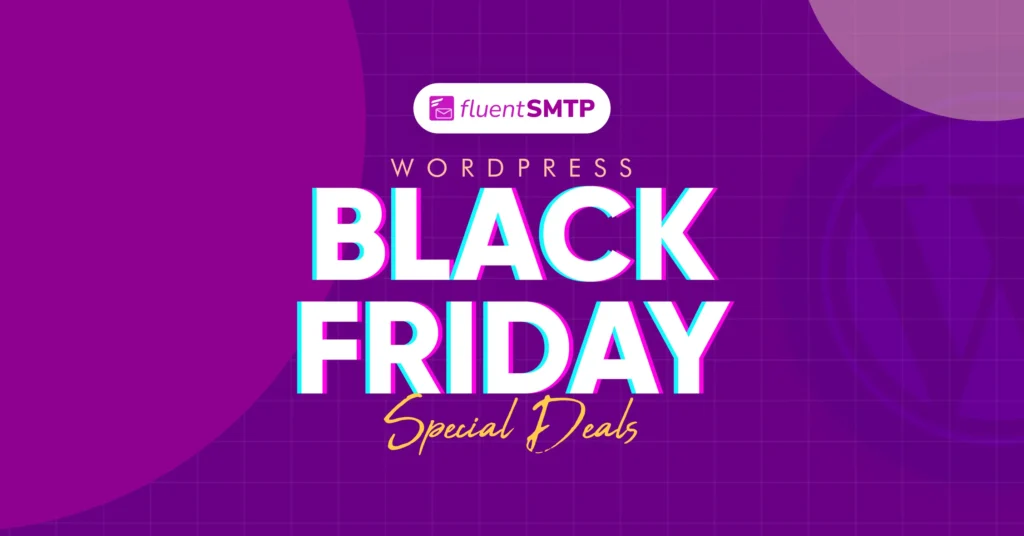
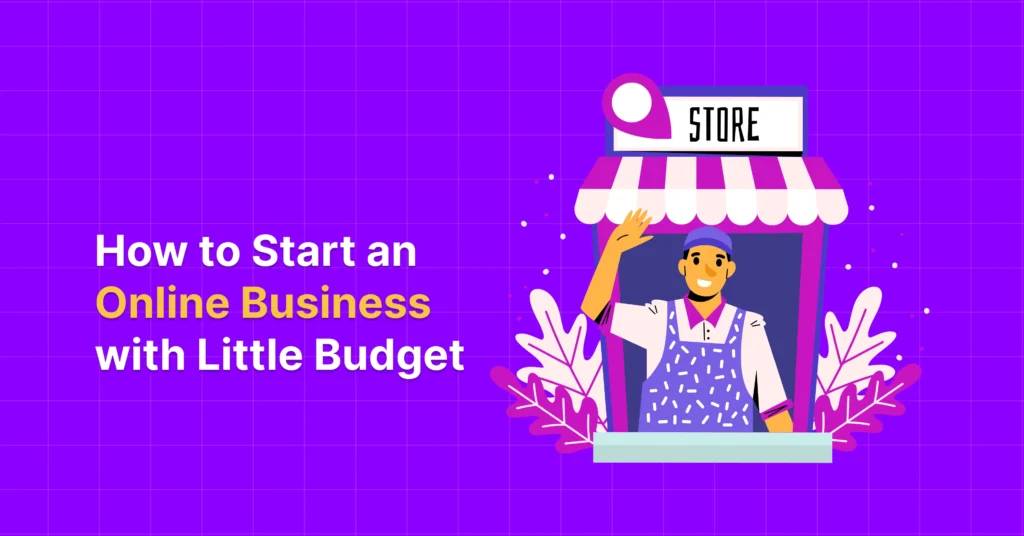
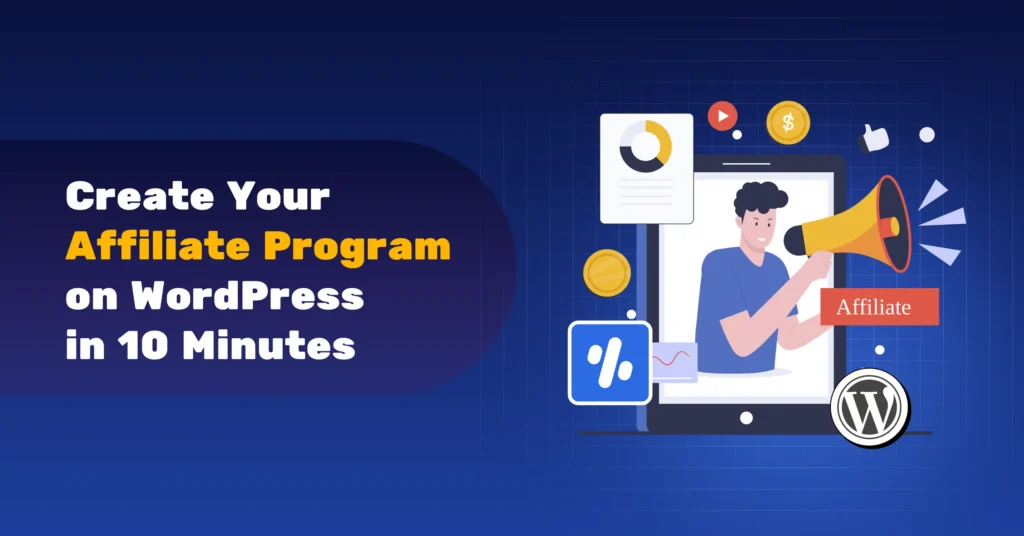
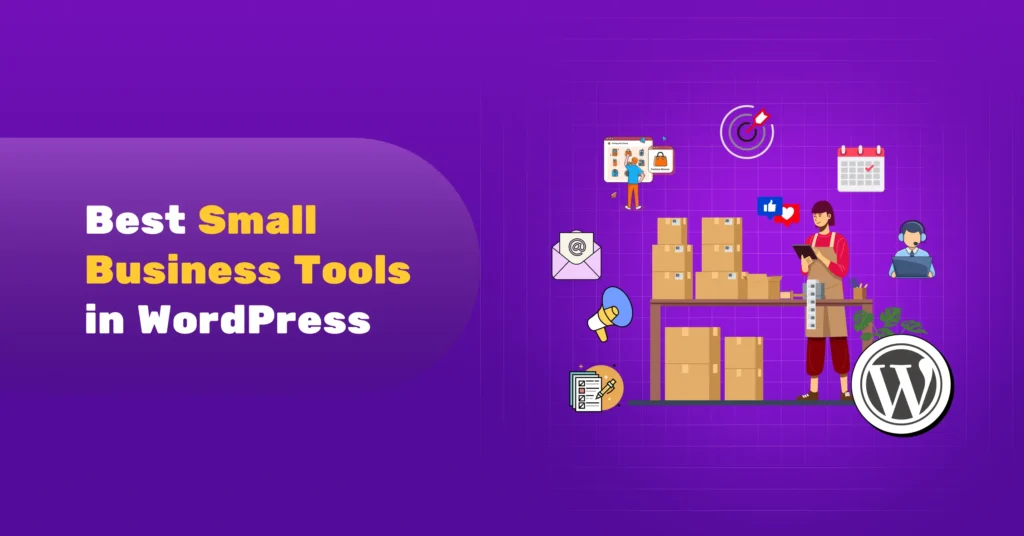


Leave a Reply